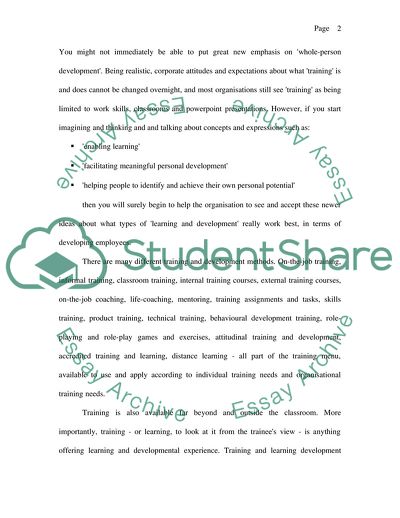Cite this document
(Necessity of Training and Development of the Employees Essay, n.d.)
Necessity of Training and Development of the Employees Essay. https://studentshare.org/human-resources/1705704-managing-human-resources-training-and-development
Necessity of Training and Development of the Employees Essay. https://studentshare.org/human-resources/1705704-managing-human-resources-training-and-development
(Necessity of Training and Development of the Employees Essay)
Necessity of Training and Development of the Employees Essay. https://studentshare.org/human-resources/1705704-managing-human-resources-training-and-development.
Necessity of Training and Development of the Employees Essay. https://studentshare.org/human-resources/1705704-managing-human-resources-training-and-development.
“Necessity of Training and Development of the Employees Essay”. https://studentshare.org/human-resources/1705704-managing-human-resources-training-and-development.


